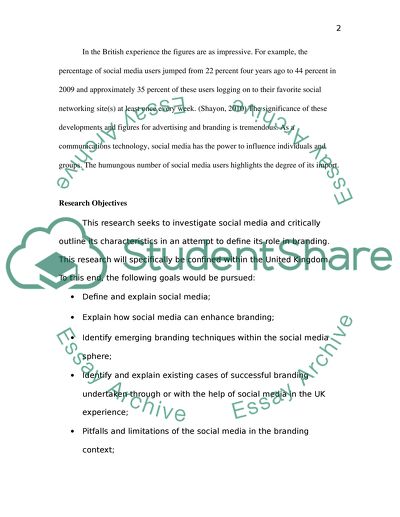Cite this document
(“The Role of Social Media in Branding in the UK Dissertation”, n.d.)
Retrieved from https://studentshare.org/marketing/1424834-dissertation-introduction-under-title-the-role-of
Retrieved from https://studentshare.org/marketing/1424834-dissertation-introduction-under-title-the-role-of
(The Role of Social Media in Branding in the UK Dissertation)
https://studentshare.org/marketing/1424834-dissertation-introduction-under-title-the-role-of.
https://studentshare.org/marketing/1424834-dissertation-introduction-under-title-the-role-of.
“The Role of Social Media in Branding in the UK Dissertation”, n.d. https://studentshare.org/marketing/1424834-dissertation-introduction-under-title-the-role-of.


